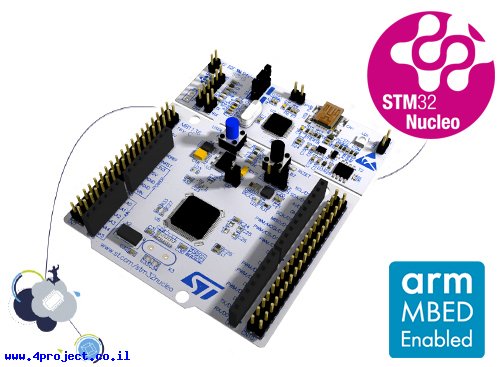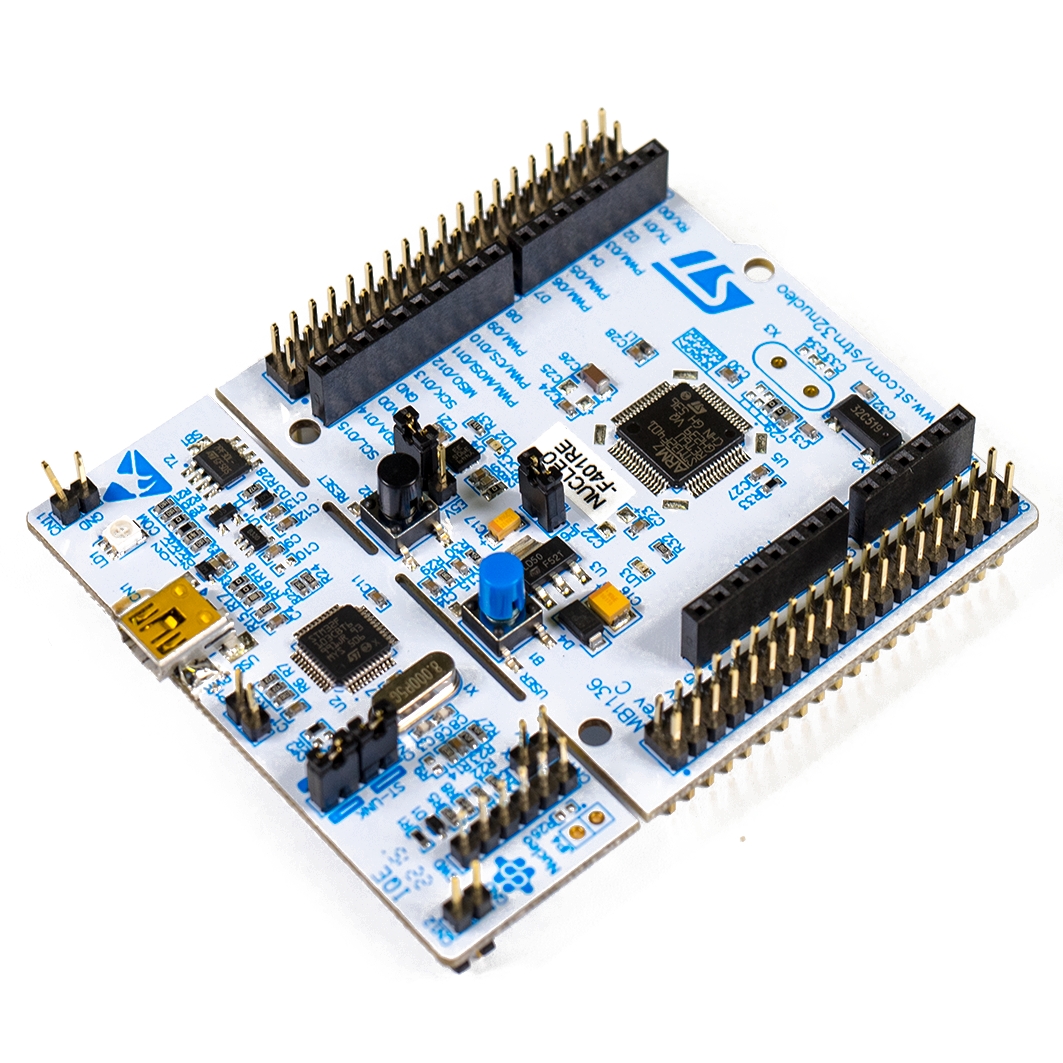


Processing the selected project may take a considerable amount of time as PlatformIO will download and install all required packages. In the next step, ST Nucleo-F401RE should be selected as the development board, STM32Cube as the framework, and a path to the project location (or use the default one): The same PlatformIO Home App is used to create a new project: When all installation steps are completed, a dialog window will pop up to tell you that the ststm32 platform has been installed. The easiest way to install any development platform is the PlatformIO Home App: This way PlatformIO will do all the heavy lifting by installing everything that is needed (toolchain, framework, etc) automatically. Once the PlatformIO IDE is ready, the ST STM32 development platform can be installed. The most up-to-date and detailed installation instructions can be found in the official PlatformIO IDE for VSCode documentation. In this guide Visual Studio Code is used as the editor. Some software needs to be installed before diving into the development process. It has out-of-the-box support for STM32 microcontrollers and allows working with low-level libraries like CMSIS, STM32Cube, and LibOpenCM3 as well as with popular high-level frameworks like Arduino, Mbed, or Zephyr without changing your development environment.Ī detailed overview of the PlatformIO ecosystem and its philosophy can be found in the official documentation. PlatformIO is a professional collaborative platform for embedded development that includes lots of instruments for the most common development tasks. The goal of this guide is to show you how simple it is to set up PlatformIO with Visual Studio Code and use it to compile, upload, and debug STM32Cube-based application on the STM32 Nucleo-F401RE board. This guide will help you take the first steps with programming STM32 microcontrollers using the PlatformIO ecosystem. Note that this tutorial is written by and maintained by the PlatformIO team.


 0 kommentar(er)
0 kommentar(er)
